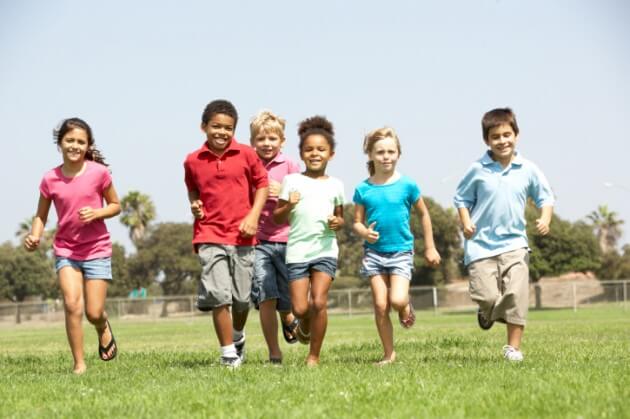Google on Monday increased it is two-12 months-antique ‘Be Internet Awesome’ initiative by consisting of media literacy in its curriculum. According to Google, it’s miles aiming to assist “children be secure, confident explorers of the net international” with the program.
With the mission, Google is aiming to train kids the way to spot “faux news” and disinformation on-line. The path doesn’t just incorporate instructions—there are six media literacy sports as well as a part of the new initiative.
According to Google, five essential topics of virtual citizenship and safety form the Internet Code of Awesome:
— Share with Care (Be Internet Smart)
— Don’t Fall for Fake (Be Internet Alert)
— Secure Your Secrets (Be Internet Strong)
— It’s Cool to Be Kind (Be Internet Kind)
— When in Doubt, Talk It Out (Be Internet Brave)
Google has also brought a sport referred to as “Interland”—an internet journey that puts the critical thing training of digital safety into palms-on exercise with four confusing tiers. Google recommends the path to study earlier than youngsters can play the game for the sake of higher reinforcement of principles.
Google needs these sports to gain knowledge of in classrooms, and it says any K-12 teacher can educate the direction. Google says although the path is designed for second to 6th grade (a while 7–12), it may be trained to any grade level relying on how teachers tailor it.
The path may be taught within the form of presentation decks for a clean presentation, distribution, and sharing, that can be downloaded from Google’s internet site.
Google has designed the direction in a manner that it does not require any personal facts of youngsters, so no Google Accounts, logins, or passwords of any sorts are needed in the program. This additionally means that youngsters cannot keep their progress on “Interland” recreation that changed into referred to earlier.
The six media literacy activities, cited in advance, train kids how to avoid phishing attacks, explain what bots are, confirm that online records are credible, spot fake URLs, and evaluate assets.
“We want the proper gear and resources to assist children make the maximum of technology, and while exact digital safety and citizenship resources exist for households, greater may be carried out for media literacy,” educator and teachmama.Com founder Amy Mascott wrote in a statement on Google’s blog nowadays.
Which raises the question—is it merely the youngsters which can benefit off the curriculum? Can it be tailor-made in a way that it could be trained in places of work or even universities?
A nearer take a look at the curriculum might also answer those questions.
The first hobby within the curriculum named “When not to proportion” teaches the significance of privateness, why its topics. It also leaves the learner to contemplate about questions like “while is it k to proportion a picture or video of a person else?” or “why are secrets so hard to hold.”
Another subject matter teaches the way to deal with unknown those who are seeking to get in touch you on-line— ought to you forget about them, block them or document them.
Another subject matter teaches a learner the way to spot disinformation online using searching out faux URLs, photos, and even movies.







